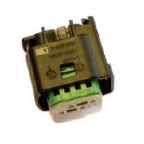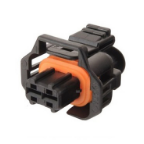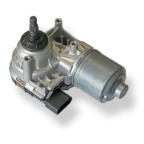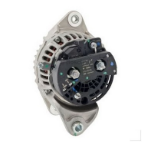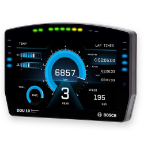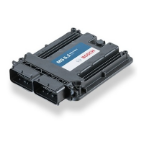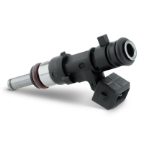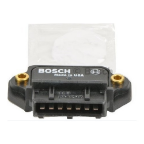Inside the 190E Evo II: How Bosch Brought Precision to the Circuit
Touring car racing has long captured the imagination of motorsport fans, blending the familiarity of road-going vehicles with the thrill of high-performance competition. These competitions see manufacturers pitting their modified road-going models against one another, enhancing performance and aerodynamics to achieve racing excellence. Touring car racing is characterised by the use of modified production cars that, while originally designed for road use, undergo significant alterations to meet the demands of competitive racing, adhering to strict homologation standards for fairness and safety.
One of the most iconic examples of this philosophy in action is the Mercedes-Benz 190E, particularly the Evolution II variant, which bridged the gap between showroom and circuit with cutting-edge innovation and motorsport intent.
The Mercedes-Benz 190E holds a legendary place in motorsport history, known not only for its performance but also for its pioneering use of advanced technology on the racetrack. In 1990, Mercedes introduced the 190E 2.5-16 Evolution II, a road-legal homologation model built to meet Group A touring car regulations. Just 502 units were produced, making it a rare and highly engineered machine. Beneath its aggressive bodywork and large rear wing was a production car developed with competition in mind.
However, the DTM race car version of the Evo II was a distinctly different machine. While it shared the body shell of the road car, the race variant underwent extensive modification for professional use. It featured the same Cosworth-developed 2.5-litre engine, but with revised internals, increased compression, and tuning for high-revving track performance. The suspension, aerodynamics, and chassis setup were tailored specifically for the demands of competitive touring car racing.
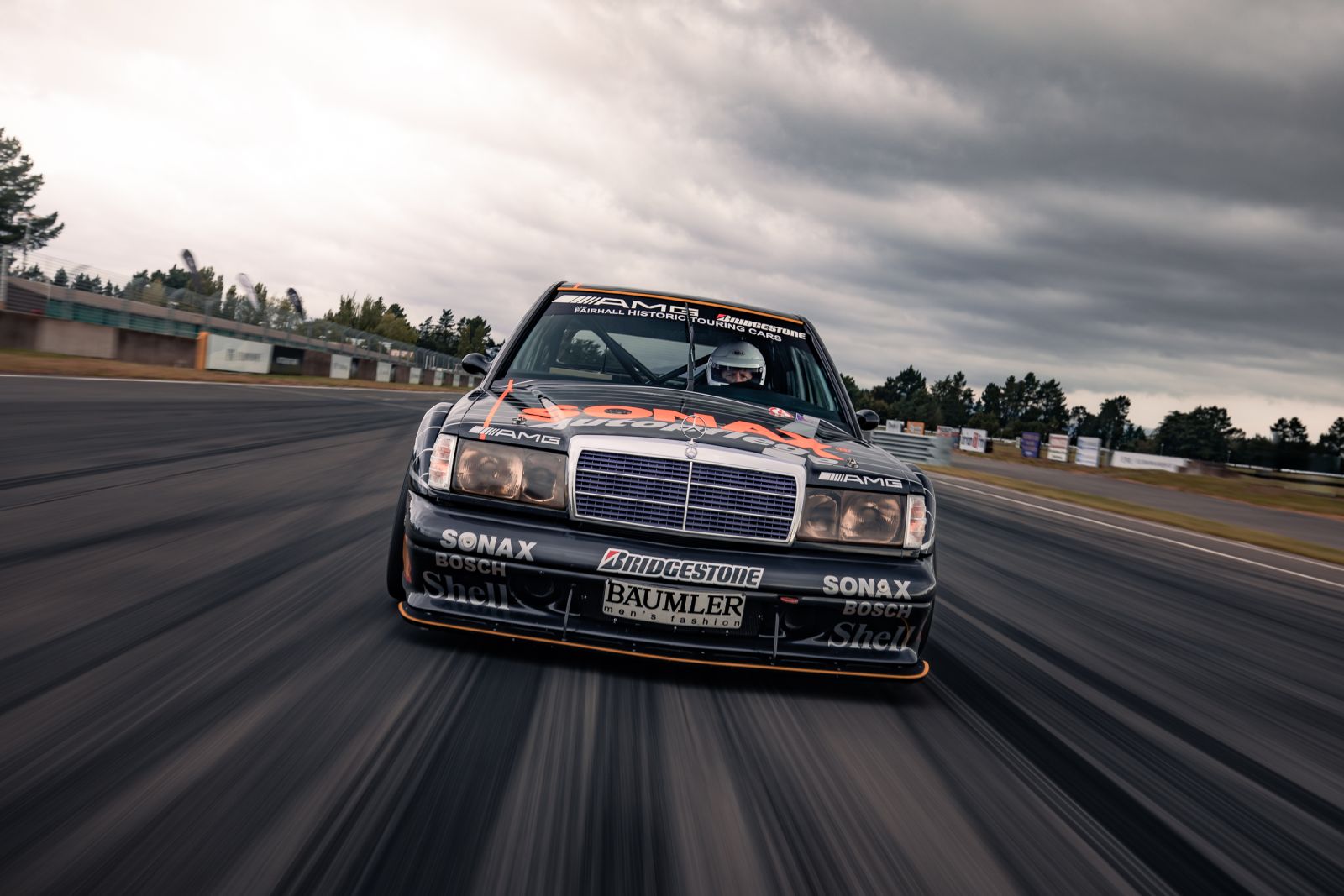
What further elevated the 190E Evo II on track was the integration of Bosch electronic systems, including the Motronic ECU and a Motorsport Anti-lock Braking System (ABS). While the road-going Evo II already featured an advanced Bosch ABS system for its time, helping everyday drivers stay in control under hard braking, it was the first time that race-specific ABS had been introduced, giving the 190E the desired ‘unfair advantage’ over the competition of the day.
This Bosch Motorsport specialised ABS setup was tailored specifically for the demands of racing. Unlike the production unit which prioritised safety and stability in varied road conditions, the motorsport version was engineered for maximum deceleration of each individual wheel. This allowed professional drivers to push their braking limits deeper into corners than ever before, slashing qualifying times and carving up competitors in the braking zone.
In the early 1990sn November of 1990, the 190E made headlines at the Kyalami racetrack, where it showcased the effectiveness of the Motorsport ABS system with Roland Asch at the wheel. Driven later by DTM legend Bernd Schneider in the vehicle pictured here, the this 190E achieved four wins and secured a 3rd place finish in the Championship. Additionally, it was raced by DTM Junior Team driver Sandy Grau in 1993, achieving a further nine ‘top-10’ finishes.
These pivotal moments in motorsport history, marked the first victories for a touring car equipped with the innovative technology of Motorsport ABS. The ability to maintain control during hard braking allowed drivers to push their limits, ultimately leading to more competitive racing.
This 1991 Mercedes Benz AMG 190E Evo II, photographed by Richard Opie, still holds many of its original Bosch electronics. Equipped with a Bosch Motronic ECU, which was the pinnacle of technology at the time, the 190E benefited from a system for which BMW was a pilot customer.
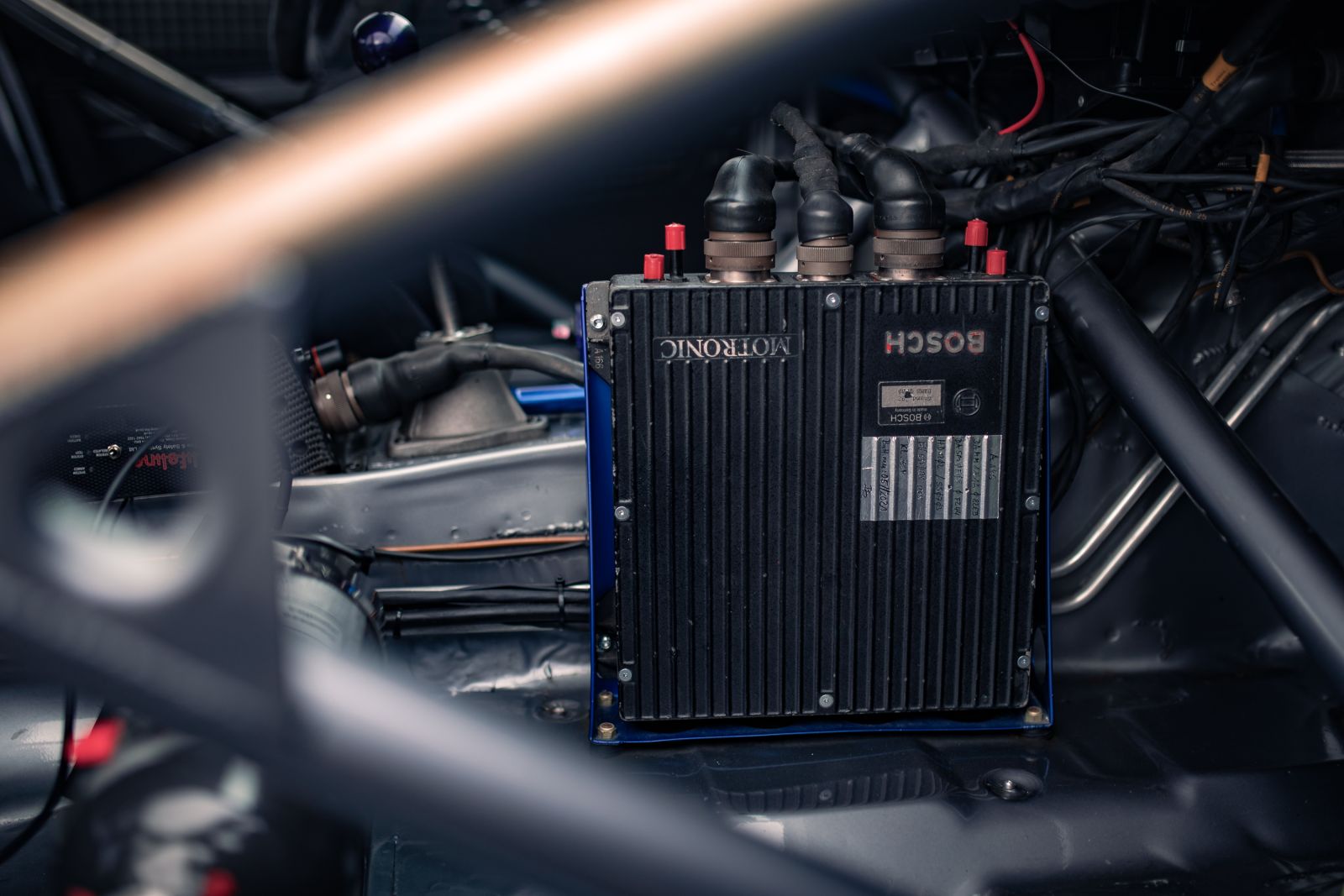
Bosch Motronic ECU
In the golden era of touring car racing, Bosch Motronic ECUs played a critical role in bringing cutting-edge engine management to the grid. First introduced in the early 1980s, the Motronic system provided a fully integrated digital engine management system that combined ignition timing, fuel delivery, air/fuel metering, and knock control into a single control unit.
At a time when most race cars were still running mechanical injection or separate ignition modules, Motronic gave engineers a single brain to manage and tune the engine in real-time.
This level of precision allowed manufacturers to extract more power, better fuel efficiency, and improved throttle response from naturally aspirated engines. Cars like the BMW E30 M3 and Mercedes-Benz 190E 2.5-16 Evo II relied on Bosch Motronic systems to deliver consistent performance across demanding race conditions. Tuneable, reliable, and far ahead of their time, these ECUs set the benchmark for electronic engine control in touring car competition. Even today, they’re a reminder of Bosch’s legacy in pushing motorsport technology forward.
A Win for the Tech, Not Just the Car.
The legacy of the 190E continues to inspire car enthusiasts and engineers alike. While the 190E Evo II itself has become a cult hero in motorsport circles, especially among DTM fans, this race marked a wider shift in motorsport engineering. The success of Bosch’s racing technology was a clear signal that electronic driver aids, when developed for performance, could redefine what was possible on track. Reminding us of the importance of innovation in the pursuit of speed and safety.
Today, Bosch continues to lead in this space, from motorsport-grade traction control and engine management to advanced telemetry and diagnostic tools used by race teams around the world. Whether it’s a World Time Attack weapon, a rally car in the ARC, or a grassroots circuit car, Bosch tech powers performance.

